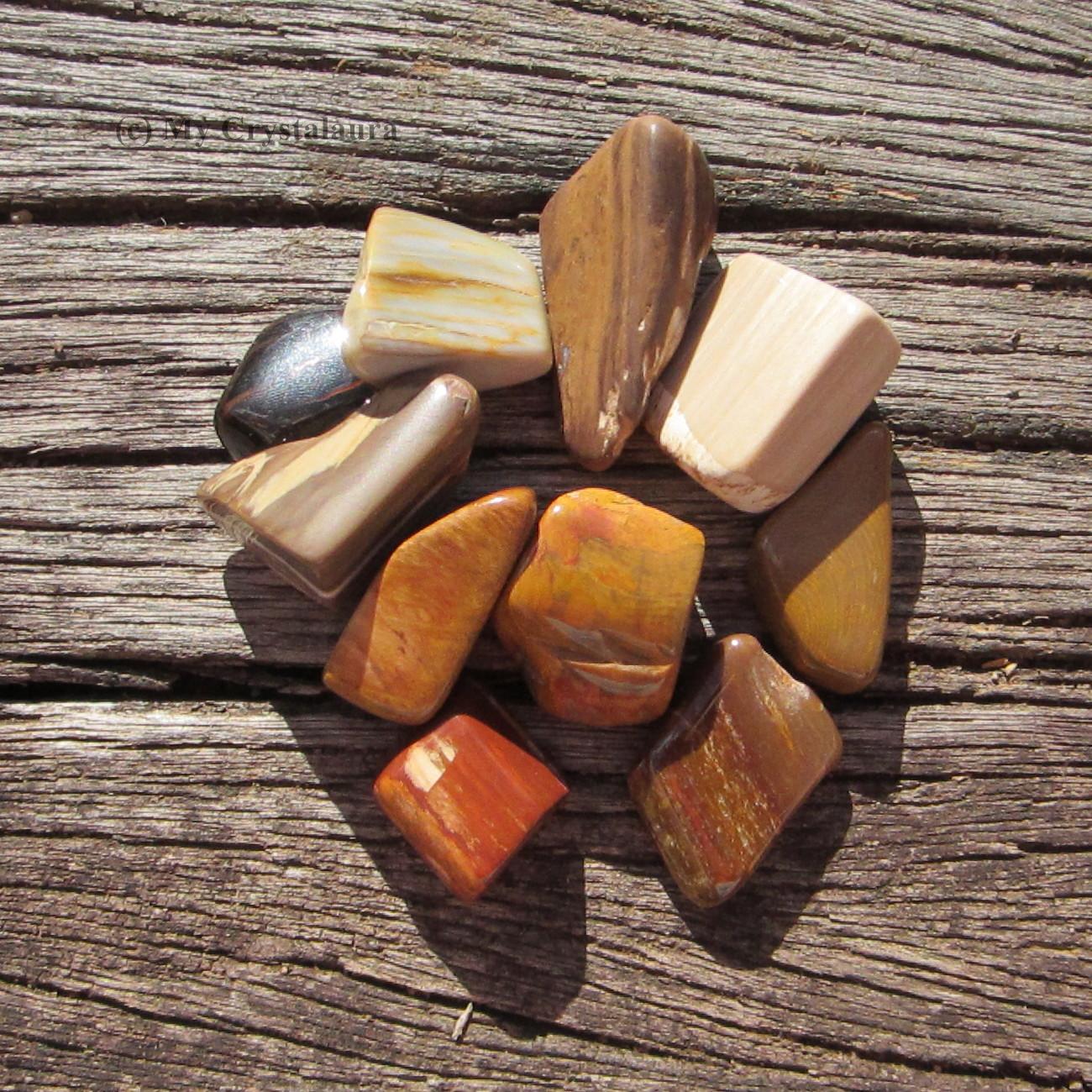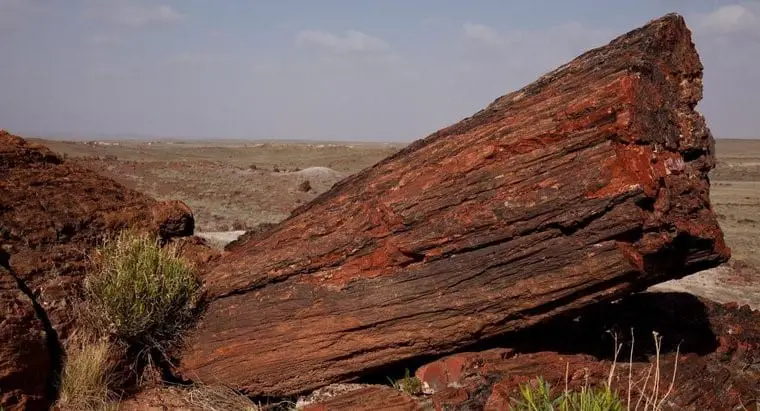
Although the cause of the precipitation is different in that case, the results are similar. *Think of salt crystals forming as seawater evaporates. They also often make dramatic display specimens. Paleontologists can still learn much about a particular tree's environment - insect damage and the like - from such casts. The cast may preserve all the exterior details of bark and branch stubs but will show no annual rings or cellular structure. If this mold is then filled with crystallized minerals in a large-scale version of permineralization, a cast is created. When a piece of wood rots away completely within its mud casing before petrifaction can take place, it leaves a mold behind. Sometimes a particular specimen will combine a quartz mineral, such as agate, with calcite, indicating that both silica and calcium carbonate were present in the groundwater solution, though perhaps not at the same time. A calcified specimen will probably be white or gray when first exposed to the air, and results from a calcium carbonate solution. Copper, cobalt, and chromium give a green or blue color iron creates red, brown, and yellow and carbon makes the rock black. The different colors are the result of trace minerals in the solution. Excellent examples of this kind of petrified wood are found in the Petrified Forest State Park in Arizona. Petrified Wood is a sedimentary rock composed of mostly silicate minerals like quartz along with calcite, opal, and pyrite on occasion. This is generally the result of the original wood having been buried in mud containing volcanic ash.

A silica solution leads to an often vividly colorful agate, jasper, and/or opal specimen, as these are all varieties of quartz. The final composition of petrified wood - some form of quartz or calcite, commonly - will depend on what minerals are in the water. This results in the preservation in stone of the distinctive concentric ring pattern you see in a freshly cut stump. Because some portions of the wood - such as the layers of the annual rings that grew in the spring - are more vulnerable to decay than harder portions, they tend to be replaced by minerals first. The replacement processĪs the wood itself disintegrates over many thousands of years, the second step of the process, known as replacement, occurs as minerals take the place of the original tissues, sometimes molecule by molecule. This part of the process is called permineralization, which can occur in a blink of the eye, geologically speaking - less than a hundred years - though it may take much longer. A weak acid generated by the wood as it begins to break down causes the minerals to precipitate out of solution*, filling these spaces with crystals. Mineral-rich groundwater soaks into the log, filling empty spaces in the cells. The first step towards petrifaction begins when the log or branch or twig is buried in mud very soon after it falls, before the quick decay caused by exposure to air and bacteria can take hold. Permineralization: the first step to becoming a fossil Experts can often determine the exact species and age at death of such a specimen, as well as trace signs of disease or injury. However, the best examples of petrified wood retain the exact physical structure of the original down to the cellular level. Petrification is when the original organic substance is replaced by new minerals and turned into stone.

Fossilized wood specimens in this collection will range from petite, table display sizes to large slabs for hanging on a wall or as a DIY project making the slab into a side tabletop. What we usually think of as petrified wood has little or no chemical resemblance to wood, which mostly consists of the elements carbon, hydrogen, and oxygen. Petrified Wood Petrified wood from Oregon, Utah and Arizona. Scent: Hints of warm smooth Honey, woody mellow driftwood, Heart Pine, zesty citrus, and a dozen other mysteriously glorious hints.So how does wood turn into stone? The literal answer is that - unless it turns to coal - it doesn't.

Ingredients: Saponified Oils of (Olive, Coconut, Sustainable Palm, Castor), Organic Shea Butter, Mango Butter, Essential Oils, Natural Fragrance, Raw Pure Honey, Activated Charcoal, Finely Ground Oatmeal, Poppy Seeds, Kaolin Clay, Sea Salt, Mica. We packed this bar with so much natural goodness you'll find yourself getting dirty on purpose just to get clean again. This Sudsy Bar will leave you fresh and ready to tackle any adventure with it's smooth hints of honey, sweet orange, amber, vanilla bean and patchouli with added activated charcoal exfoliant. Imagine hunting Wooly Mammoth with stone-tipped spears in a dense forrest of petrified wood.


 0 kommentar(er)
0 kommentar(er)
